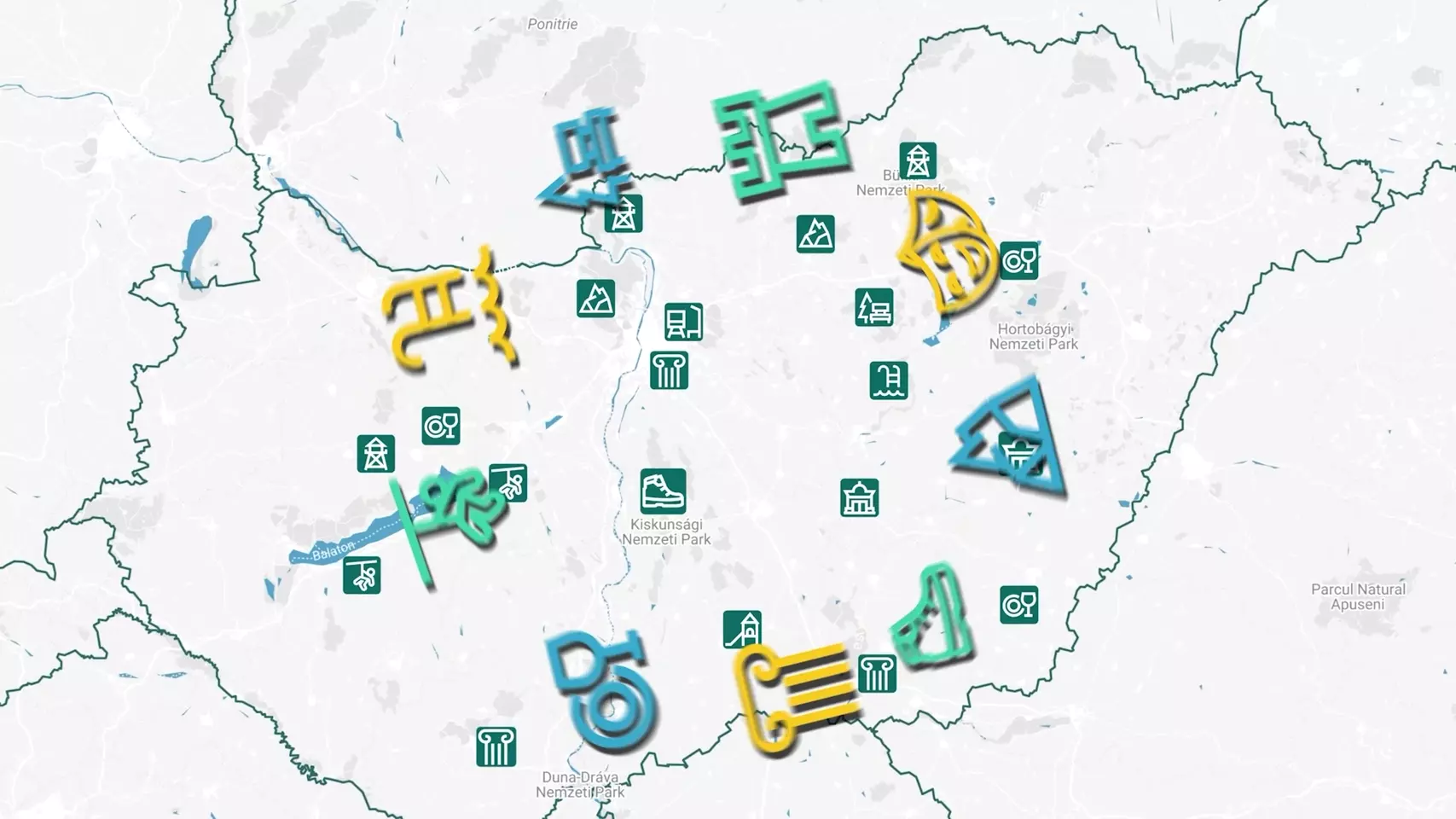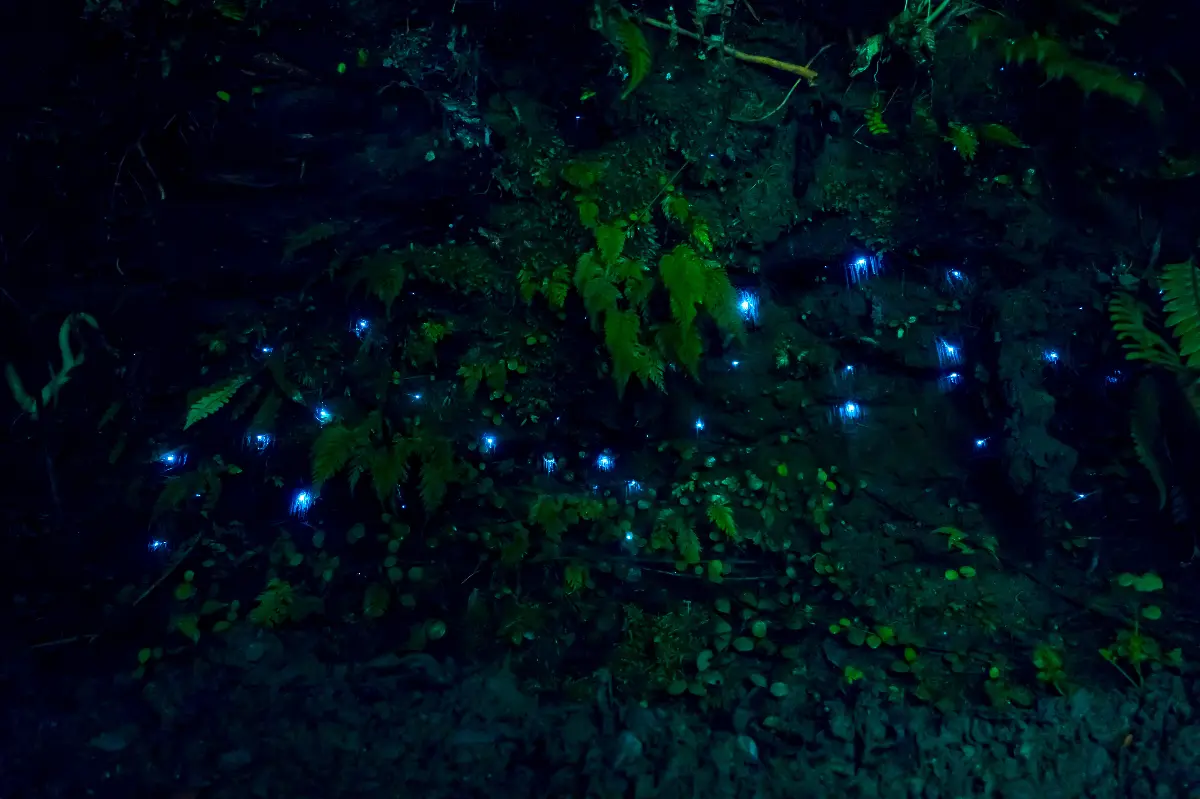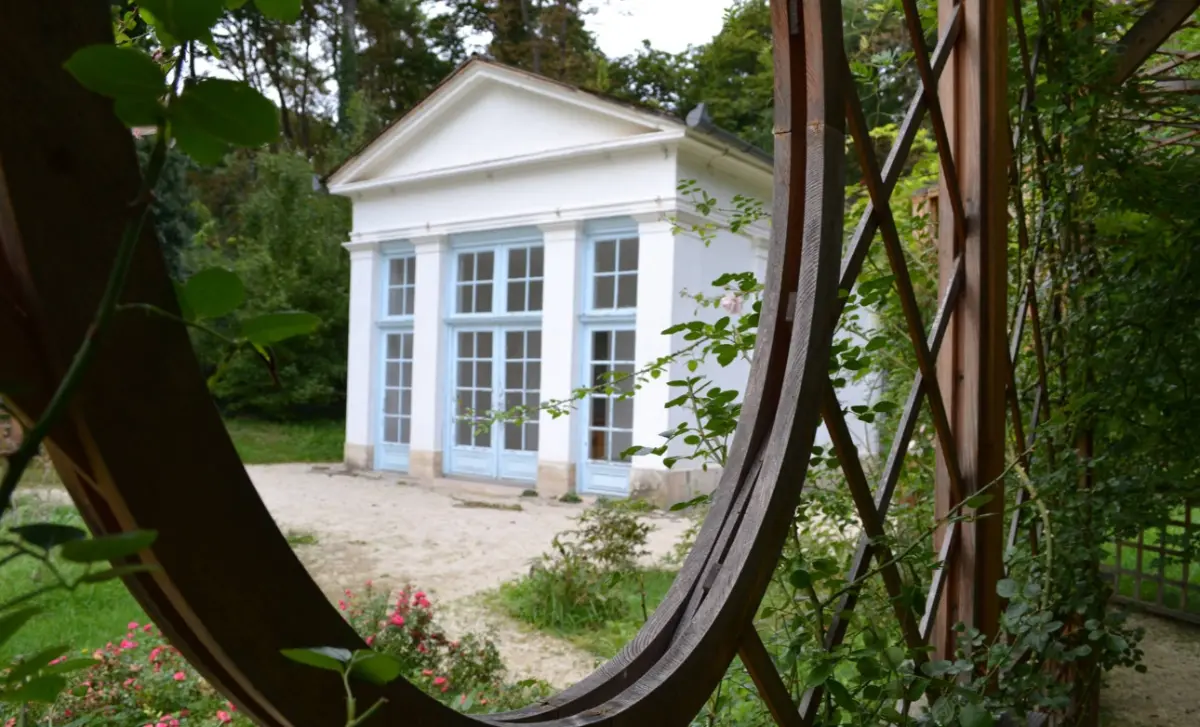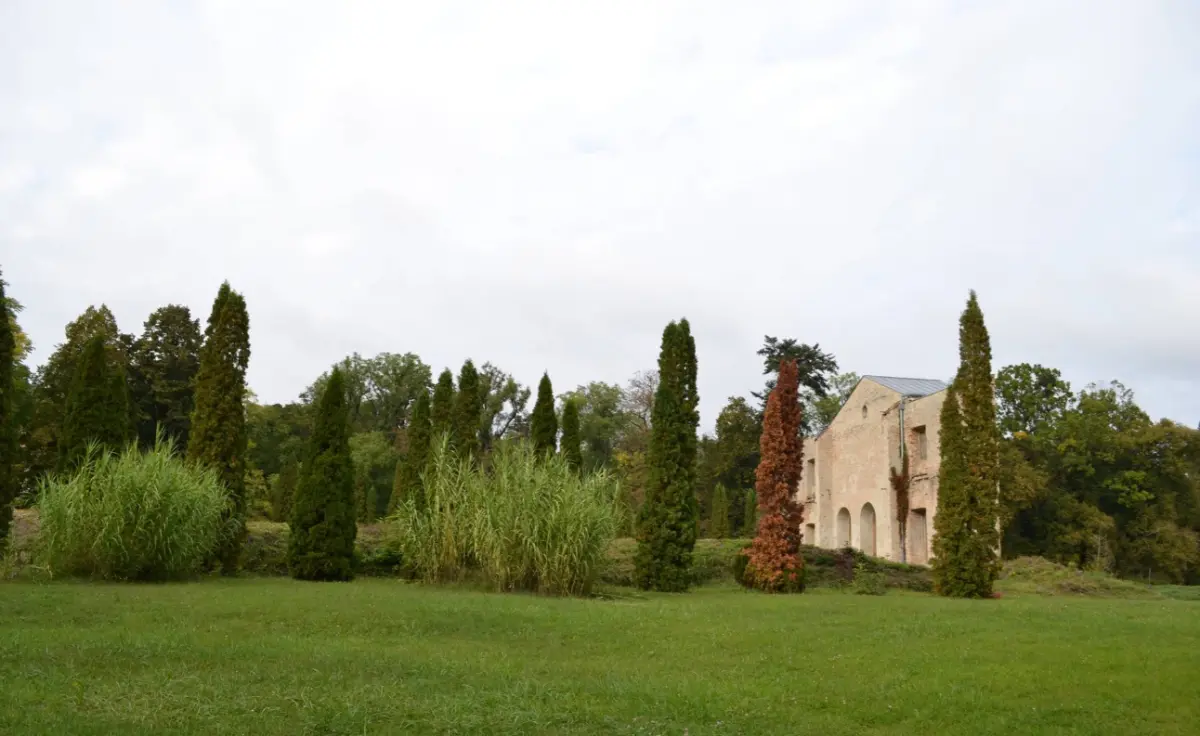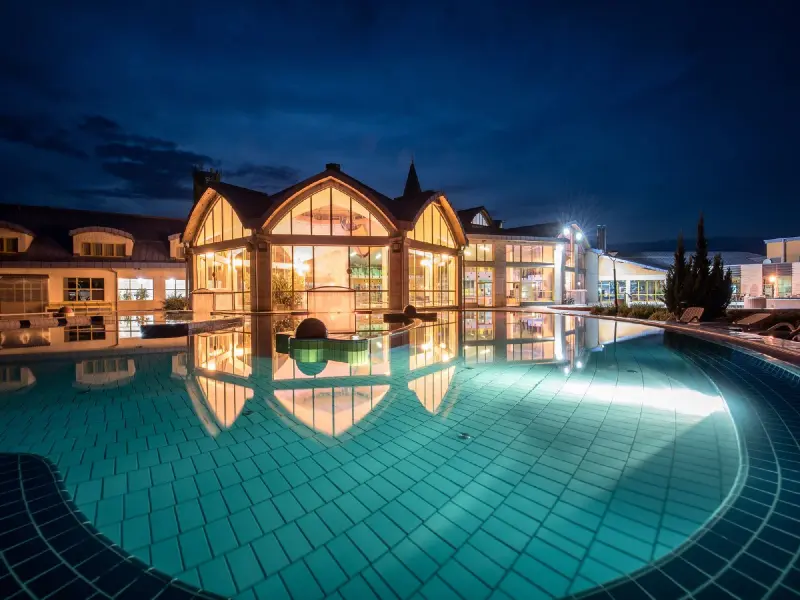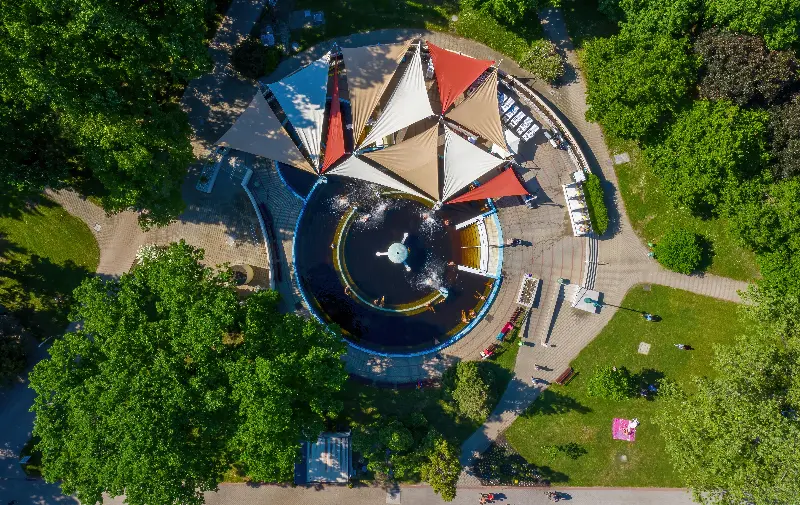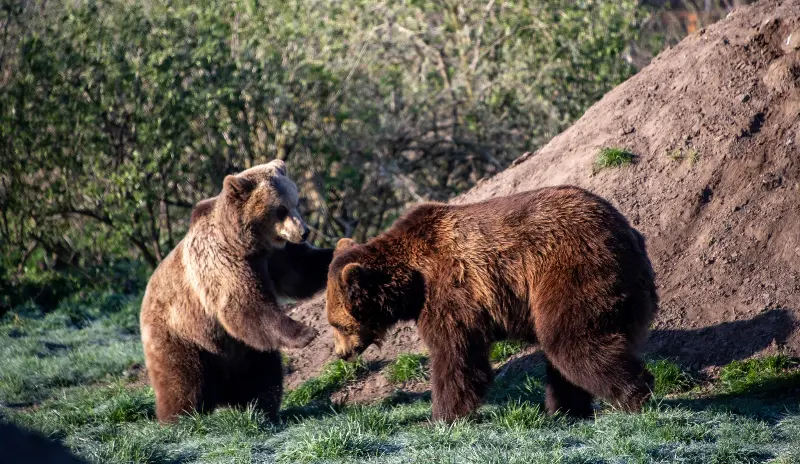
Helyszín címkék:
Snowdrops and fireflies in the Arboretum of Alcsút
Bóday Csilla
The Arboretum
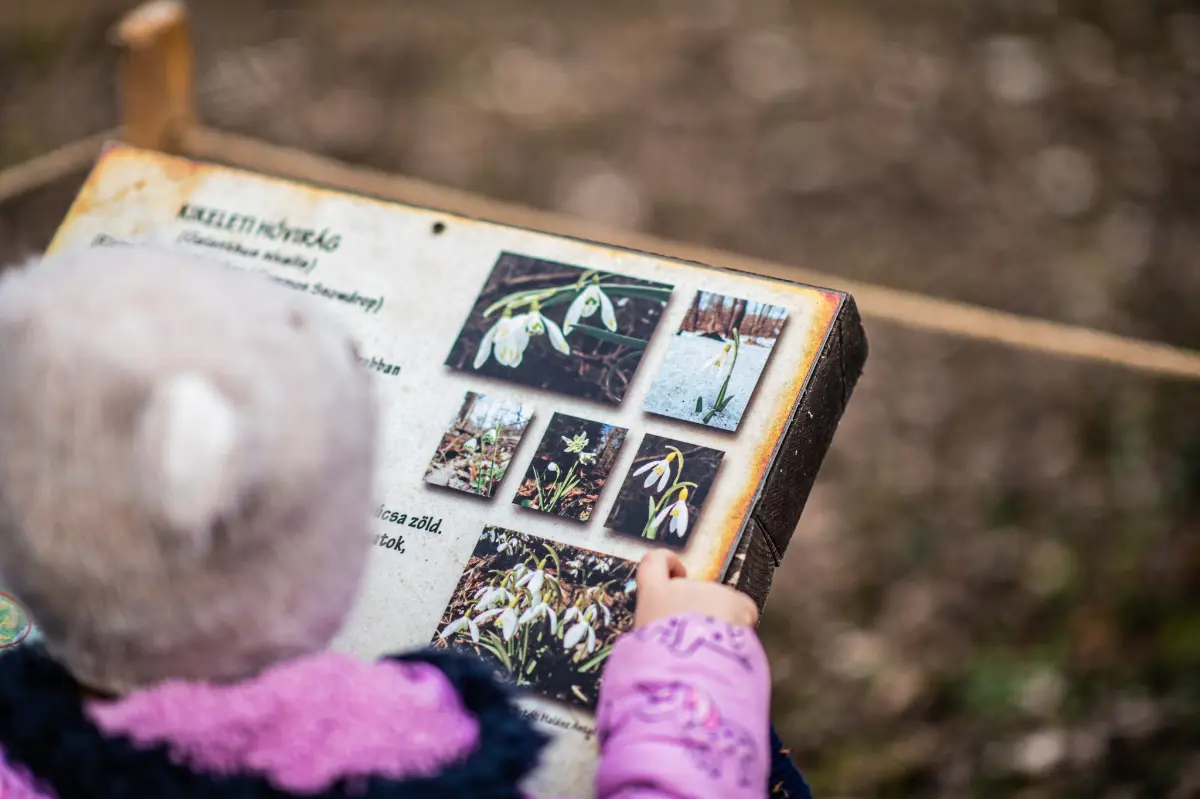
On the forty acre arboretum laying at the foot of the Vértes mountain, the most significant remaining building is palatine József’s castle which was built by Mihály Pollack. It is interesting to see, that only the facade of the remaining building and the castle chapel are intact in the centre of the English garden. The landscaped, ordered sight of the English garden and the antique exterior of the castle ruins interestingly present a harmonious image nowadays. The meadow in front of the castle along with the lake and breaks invite visitors to have a walk. The area was a sheep grazing land before palatine József, and there were only three trees standing on the estate. Later in 1825 plants were installed, the garden was designed by Vilmos Jámbor based on the English garden concept. The stock of plants in the arboretum is the outcome of conscious design and planting. Actually, unique plant naturalization occurred when they planted three thousand trees that were not native to Hungary. The last two hundred years were enough to grow trees of the artificially-created forest which embody the essence of the arboretum, but trees, shrubs and evergreen pines from abroad also provide a unique sight. Pencil pines and Greek firs 200-280 cm in diameter can be found in the botanical garden, but the balsam fir, the Colorado white fir, the Spanish fir and the Algerian fir also enrich the group of evergreens. We can also see enormous native black pines and Scots pines which have grown up to or three metres across. The microclimate of the arboretum is greatly determined by the pond in the garden, which was renovated a decade ago; after improving the shore, the bed was dredged and the water quality was improved.
The snowdrop celebration
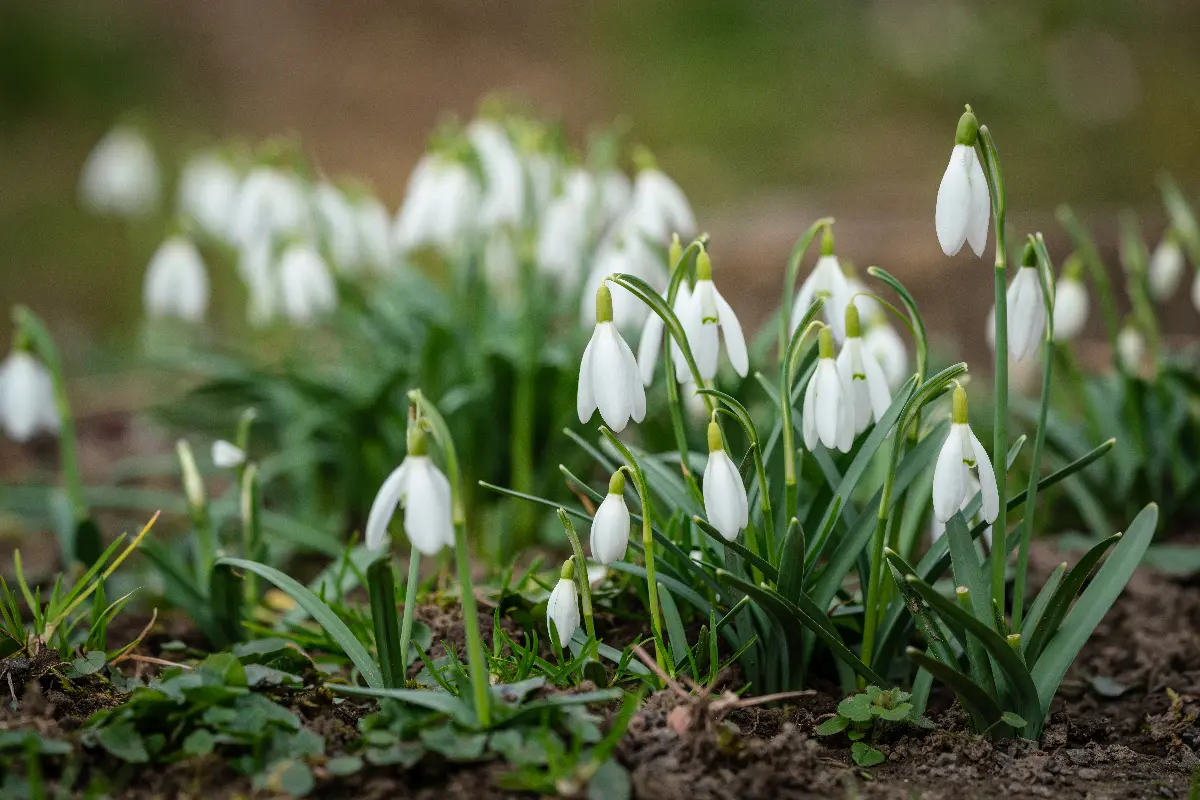
Snowdrop flowers were first planted in the garden of the archduke in the 19th century. The first species were followed by the introduction of more varieties. The three most distinctive varieties are Baker, Walrus, and pleated snowdrops. These white flowers announcing spring today spread across more than two and a half acres of the arboretum. Currently twenty-four types from seven species of snowdrops can be seen in the English garden. Every year special walks are organised and it is a regular programme to walk along in amazement on the carpet of snowdrops spreading in the largest contiguous area in Hungary, two and a half acres in area. Look, but don’t touch. As since 2005 snowdrops have been considered as protected plants, fines can be imposed on those who pick even a single snowdrop.
Swarm of fireflies
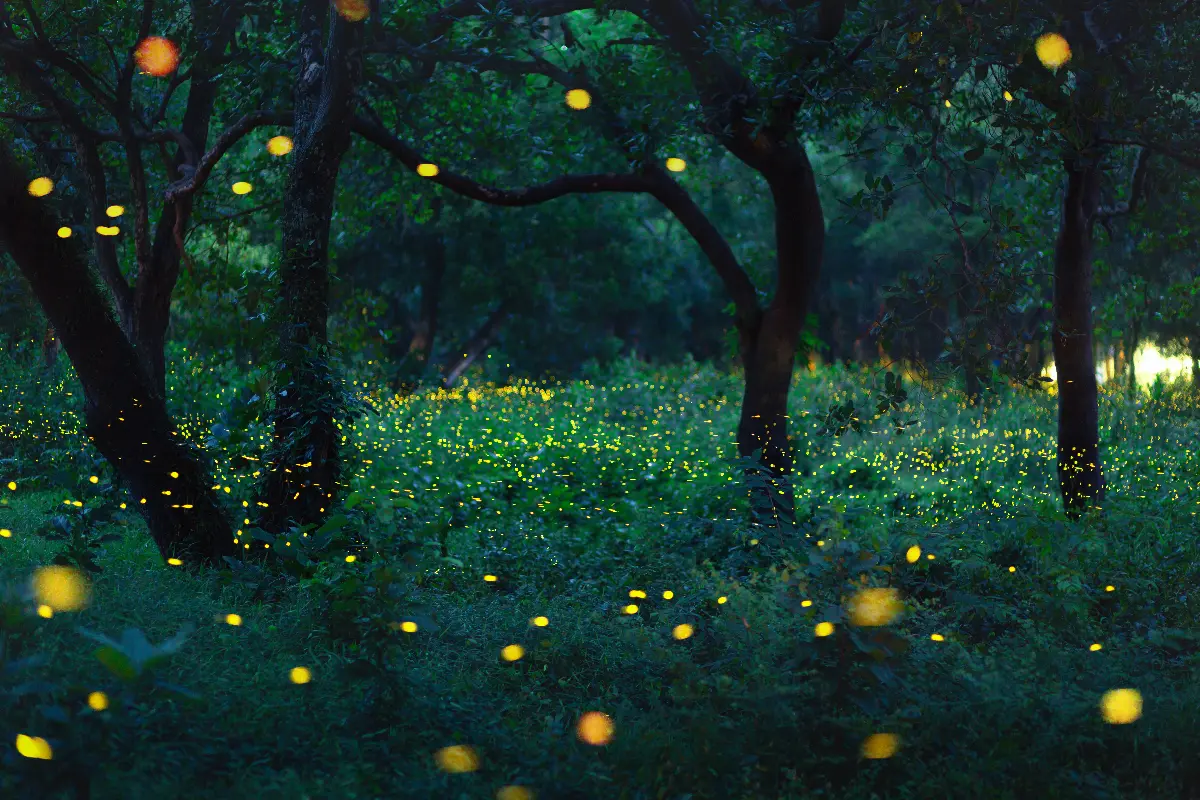
The greatest natural attraction of the year is the swarm of fireflies at the end of June. At this time female fireflies, which are cannot fly, hiding in the undergrowth, signal to their male partners with their light-producing organs to bring them together. Their light-emitting organs are located in the last three segments of their body on the underside of the abdomen. The luminous yellowish-green light is due to a chemical process. Three conditions are needed for this reaction: oxygen, water and the enzyme luciferase and luciferin. If the insect does not get oxygen, their light goes out. The smaller males fly illuminated, looking for females which are waiting for them. An interesting fact is that the weather must be clear to see the swarm of fireflies. They usually start swarming a bit later than nine in the evening, it lasts for a short time, and they finish swarming at ten by perceiving the time with their infallible biological clock. This natural wonder can be observed walking quietly either alone or with a tour guide, to humbly witness the ancient ceremonial wedding dance of these inhabitants of the arboretum.
Alcsút
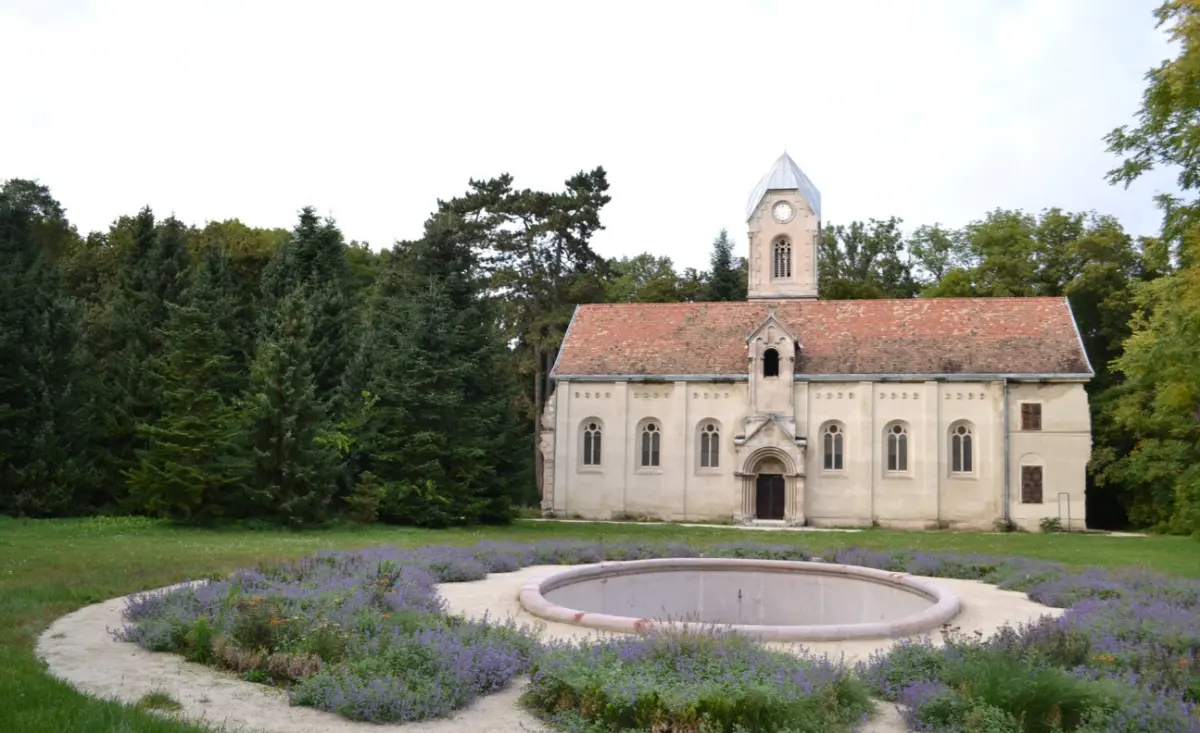
The settlement got its name by the contraction of the neighbouring Vértesdoboz, and it became Alcsútdoboz. The greatest tourist attraction of the small settlement is its arboretum. In the past decades it began to develop to the surrounding villages. After the Second World War there were no cultural activities here, no culture house, cinema, or library that were so characteristic of small villages. But later due to the vicinity of the capital city and the natural conditions of the place, it caught up, several associations, clubs were established and even the road network was renewed.

